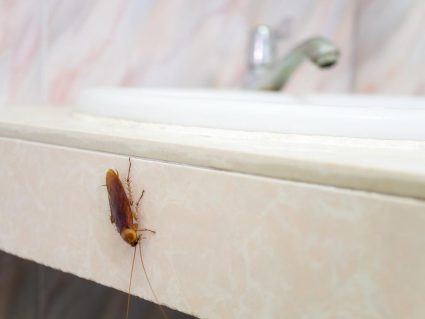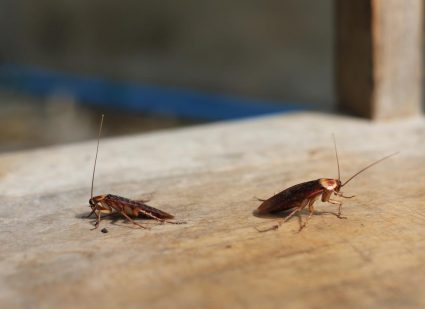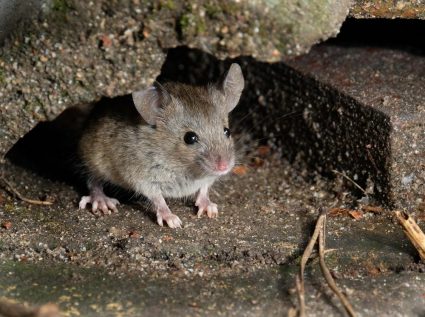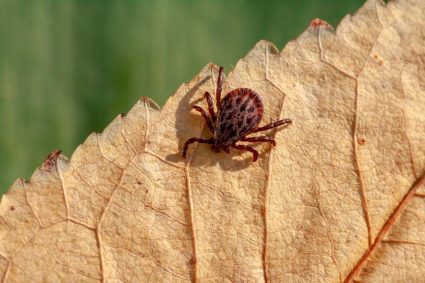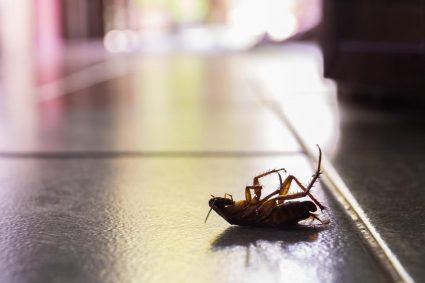
Flying roaches, like their ground-dwelling counterparts, are attracted to various factors. These factors include food, water, shelter, and light. In addition, they’re attracted to warm and moist environments, with some species even drawn to cellulose-containing items.
Flying roaches are attracted to food, water, shelter, and light. They prefer warm and humid environments and are drawn to areas with available food sources and moisture. Certain species are also attracted to light. Maintaining cleanliness, fixing leaks, and eliminating food sources can help prevent their infestation.
Food: The Main Attraction
Flying roaches are omnivores and can consume a wide range of food sources. They are particularly drawn to starches, sweets, greasy foods, and meats. Unsealed food containers, crumbs, and leftovers can be like a buffet for these pests. But their menu doesn’t stop at conventional food items. Flying roaches can also consume non-food items such as cardboard boxes, book bindings, wallpaper glue, and even other cockroaches.
Water: A Key to Survival
Water is crucial for the survival of flying roaches. They’re attracted to areas with moisture, such as leaky pipes, damp basements, and bathrooms. Even the smallest water source, like a forgotten glass or a pet’s water dish, can be enough to attract these pests.
Shelter: Safety in the Shadows
Flying roaches seek shelter in dark, moist, and warm areas. These can be cracks and crevices in walls or cluttered spaces like cupboards, boxes, and storage rooms. They can also infest frameworks, pipes, and bags.
Warm and Humid Environments: Perfect Conditions
When temperatures exceed 85 degrees Fahrenheit, cockroaches are more likely to fly or glide to seek out cooler spaces. They are attracted to warm and humid environments, which is why they are often found in kitchens, bathrooms, and other areas of the home where moisture and food are present.
Light: A Beacon in the Night
Certain species of flying roaches, such as the American, Smoky brown, and Asian cockroach, are attracted to lights and may enter homes through open doors, windows, and torn screens.
Behaviors and Habits of Flying Roaches
While all roaches are nocturnal, some flying species are attracted to light. They are also more likely to take flight in hot and humid conditions. Flying is not a common behavior for many urban roaches, and they often live in densely populated places where they can easily move from one meal to the next without needing to fly.
Preventive Measures: Keeping Flying Roaches at Bay
To prevent flying roaches from infesting your home, it is essential to maintain cleanliness, seal food containers, fix leaky pipes, reduce clutter, and eliminate damp areas. Using door sweeps and screens, reducing cellulose and wood materials, and applying insecticides and traps can also help control their population.
Natural Ways to Eliminate Flying Roaches
Using essential oils, baking soda solutions, diatomaceous earth, boric acid, or homemade traps are some natural ways to get rid of flying roaches. If the infestation is severe, consider contacting a professional pest control service for assistance.
Conclusion
Understanding what attracts flying roaches is the first step towards preventing and controlling their infestation. By maintaining a clean home, fixing leaks, and eliminating food sources, you can make your space less appealing to these pests. If necessary, don’t hesitate to seek professional help to effectively deal with a severe infestation.
Frequently Asked Questions
What are some common species of flying roaches?
Some common species of flying roaches include the American cockroach, the Asian cockroach, the Smoky brown cockroach, and the Australian cockroach.
Can flying roaches harm humans?
While flying roaches are not directly harmful to humans, they can carry and transmit diseases. Their feces and shed skin can also trigger allergies and asthma in some people.
How long do flying roaches live?
The lifespan of flying roaches varies by species. On average, they can live from a few months to over a year.
Do all roaches fly?
Not all roaches fly. Only certain species of roaches have developed wings strong enough for flight. Others may have wings but are unable to fly.
Are flying roaches more dangerous than regular roaches?
Flying roaches are not more dangerous than regular roaches. The primary concern with both types is their potential to spread disease and cause allergic reactions.
Why do flying roaches come out at night?
Flying roaches, like all roaches, are nocturnal creatures. They are more active at night, which is when they come out to search for food and water.
How can I identify a flying roach infestation?
Signs of a flying roach infestation may include spotting the roaches themselves, finding their droppings, or noticing a musty odor. You might also see their egg cases, which are small, dark capsules.

